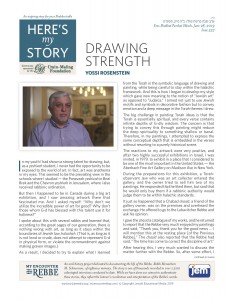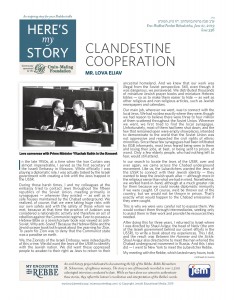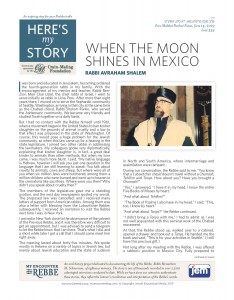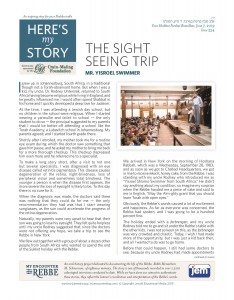Drawing Strength
In my youth I had shown a strong talent for drawing, but, as a yeshivah student, I never had the opportunity to be exposed to the world of art. In fact, art was anathema in my eyes. This seemed to be the prevailing view in the schools where I studied – the Ponevezh yeshivah in Bnei Brak and the Chevron yeshivah in Jerusalem, where I also received rabbinic ordination.
But then I happened to be in Canada during a big art exhibition, and I saw amazing artwork there that fascinated me. And I asked myself: “Why don’t we utilize the incredible power of art for good? Why don’t those whom G-d has blessed with this talent use it for holiness?”
I spoke about this with several rabbis and learned that, according to the great sages of our generation, there is nothing wrong with art, as long as it stays within the boundaries of Jewish law, halachah. (That is, as long as it is not lewd or crude, does not attempt to represent G-d in physical form, or violate the commandment against making graven images.)
As a result, I decided to try to explain what I learned from the Torah in the symbolic language of drawing and painting, while being careful to stay within the halachic framework. And this is how I began to develop my style which gave new meaning to the notion of “Jewish art” as opposed to “Judaica.” I aimed not just to use Jewish motifs and symbols in decorative fashion but to convey emotion and a deep message in the Torah themes I drew.
The big challenge in painting Torah ideas is that the Torah is essentially spiritual, and every verse contains infinite depths of G-dly wisdom. The concern is that trying to convey this through painting might reduce the deep spirituality to something shallow or banal. Therefore, in my paintings, I attempted to express the same conceptual depth that is embedded in the verses without resorting to a purely historical scene. (more…)








